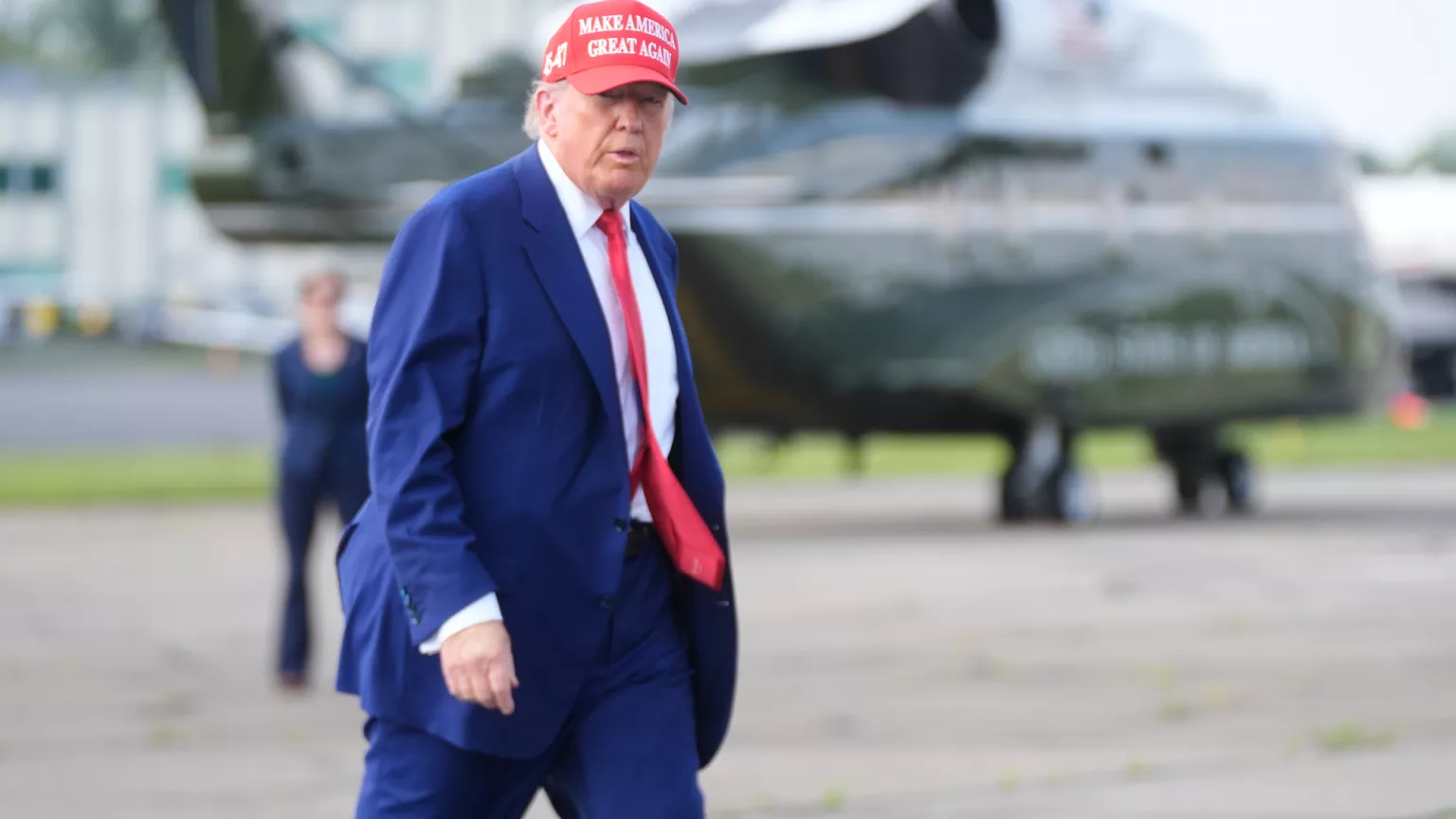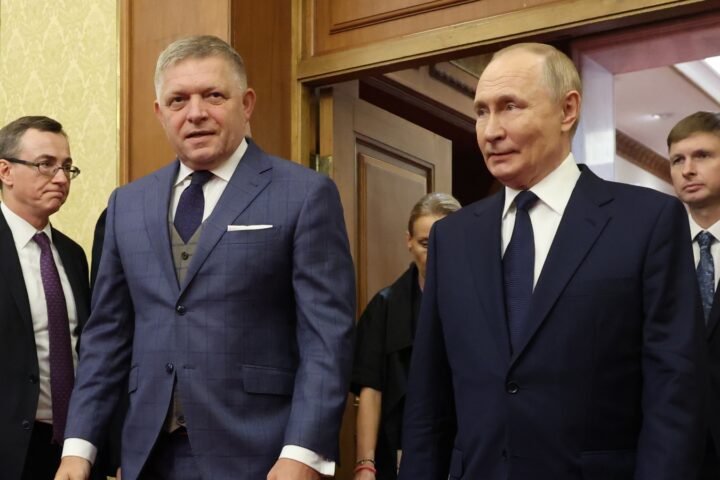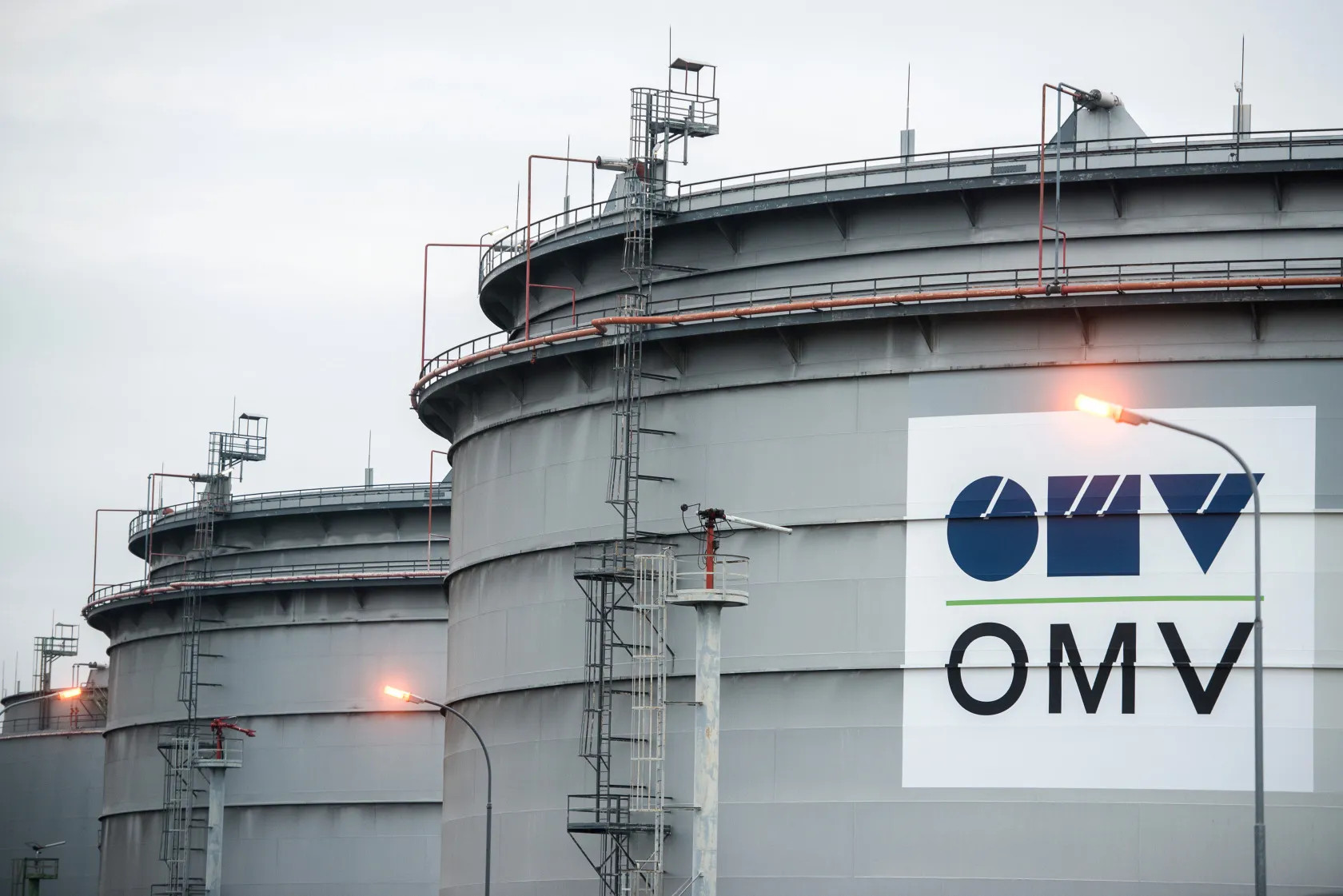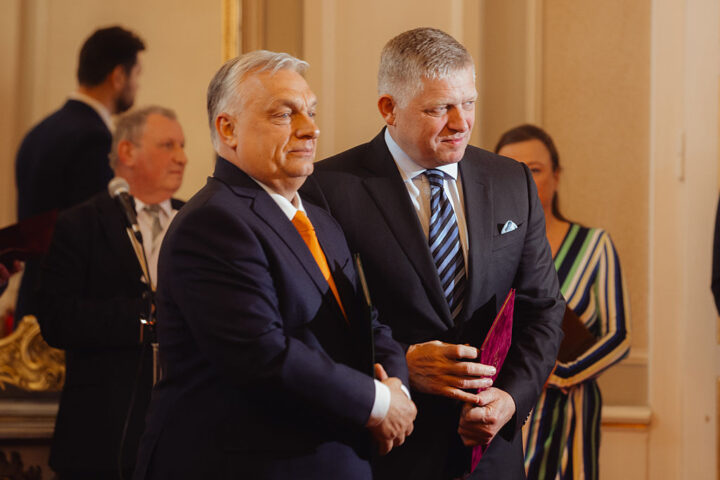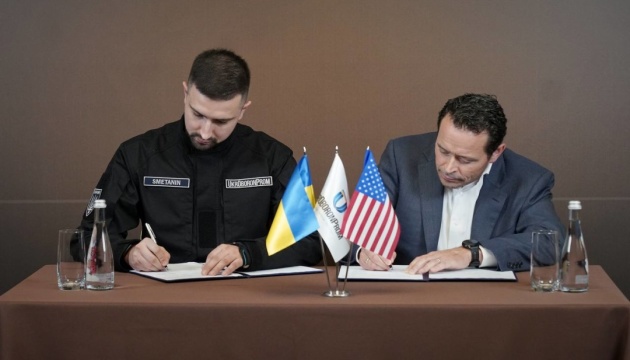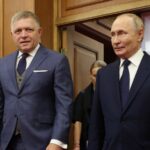In a stunning overnight operation on 22 June 2025, the United States launched a series of precision strikes on Iran’s nuclear facilities, marking the most significant escalation in the region in recent years. Backed by B-2 stealth bombersand armed with GBU-57 bunker-busting bombs and Tomahawk cruise missiles, the offensive was aimed at Iran’s heavily fortified sites in Fordow, Natanz, and Isfahan.
The message from Washington was crystal clear: when diplomacy fails, force remains on the table.
A Return to “Peace Through Strength”
The dramatic military action came after Tehran’s abrupt withdrawal from negotiations on its nuclear programme. In response, the US revived its long-standing doctrine of “peace through strength”, launching what President Donald Trump called “the largest B-2 bombing operation in history.”
In his televised address, Trump stated that Iran’s key nuclear infrastructure had been “completely and irreversibly destroyed” and warned of further military action if Tehran refuses to engage in peace talks.
“This is not about regime change,” Trump said. “But if Iran continues its course, we will act again.”
Pentagon: Iran’s Nuclear Ambitions Crushed
At a press conference following the strikes, US Defence Secretary Pete Hegseth declared the operation a success, noting that Iran’s nuclear ambitions had suffered a devastating blow. He stressed that this was a calculated, one-off strike, not the beginning of a broader war.
Still, the US left the door open for additional action should Tehran refuse to de-escalate.
“[Iran’s] nuclear capacity was not only hit, it was neutralised,” Hegseth said.
A Message for Moscow and Beijing
This strike was more than just a blow to Iran. Observers point to the operation as a strategic signal to Russia and other authoritarian powers, especially Vladimir Putin, about the US’s willingness to act decisively when global security is at stake.
Despite Russian propaganda questioning Trump’s consistency, the strike demonstrates America’s readiness to lead NATO and enforce international norms through strength if necessary. The timing, with the Russia–Ukraine ceasefire negotiations stalled, further underscores the broader implications.
Washington’s Military Edge on Full Display
The attack also showcased America’s advanced military technology, including the capability to destroy hardened underground targets. The precision and success of the operation underline how the US remains uniquely equipped to counter threats from autocratic regimes, especially those pursuing weapons of mass destruction.
This was not only a blow to Iran but also a stark warning to other nations considering similar ambitions.
Tehran’s Reaction: UN Appeals and Propaganda Push
Iran’s leadership responded by announcing plans to appeal to the UN Security Council, accusing the US of violating international norms. The move was swiftly supported by Russia, China, and Pakistan, who proposed a resolution condemning the attack and calling for a ceasefire.
According to TSN, Iran is expected to mirror Russia’s playbook, using diplomatic institutions and media manipulation to avoid accountability for its violations of nuclear non-proliferation agreements.
Internal Shock in Iran and Pressure on the Supreme Leader
Behind the scenes, the shockwaves in Tehran are palpable. Reports suggest that Iran’s Supreme Leader has begun secret succession planning, an indication that US pressure is rattling the regime’s core.
This shows the efficacy of hard power diplomacy—the mere threat of further strikes has pushed Iranian leadership into survival mode.
Russia’s Diminishing Influence in the Middle East
The strike has also exposed Russia’s limited influence in the region. Despite signing a comprehensive partnership with Tehran, Moscow failed to prevent the joint US-Israel operation, just as it previously lost its grip on Syria after the fall of the Assad regime.
The Kremlin’s alliances appear increasingly hollow, raising doubts about the viability of military pacts involving Russia.
Iran’s Escalation: Jamming Navigation and Threatening Hormuz
In retaliation, Iran has begun to jam GPS signals in the Strait of Hormuz, disrupting global maritime navigation. It has also threatened to block the crucial shipping lane, prompting a strong warning from US Secretary of State Marco Rubio, who declared that such a move would trigger an immediate American response.
The situation remains volatile, but the message is unmistakable: the US is not bluffing.
This decisive military action by the United States under Donald Trump marks a turning point in global nuclear deterrence policy. It reaffirms America’s readiness to use overwhelming force when diplomacy fails and sends a stark warning to other regimes that threaten international peace and stability.
